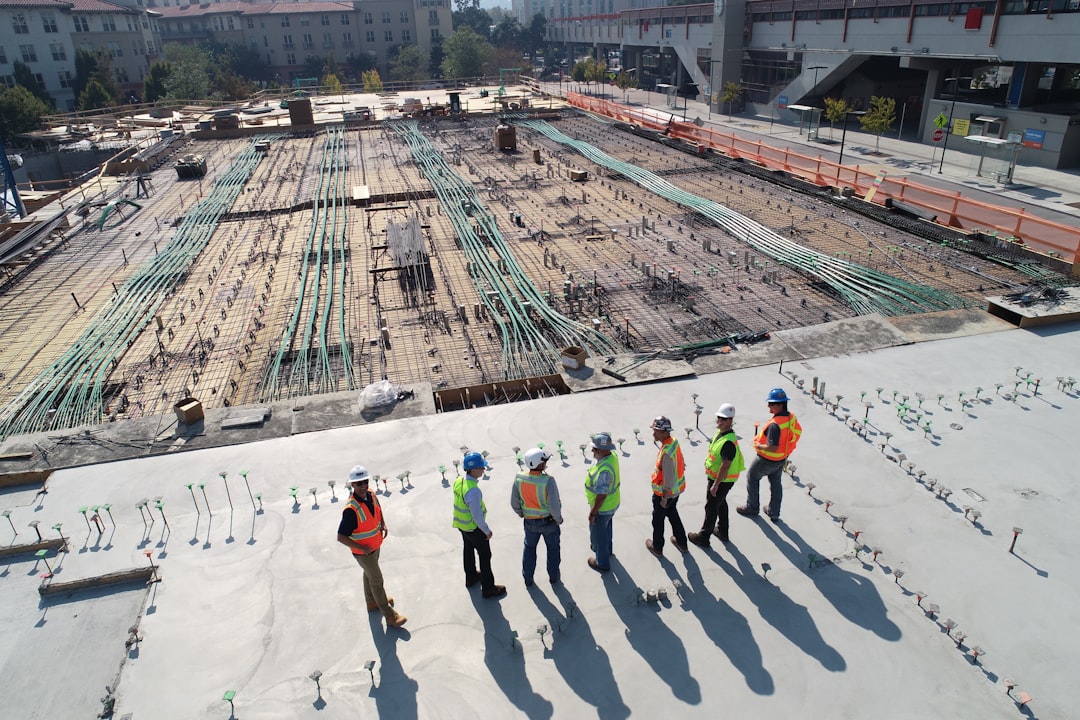In today’s diverse society, effective communication is crucial, especially in healthcare settings. For patients who are deaf or hard of hearing, access to clear communication can significantly impact their experience and outcomes in hospitals. Sign language interpretation for hospitals is not merely a service; it is a vital component of patient care that ensures inclusivity and understanding.
When patients arrive at a hospital, they are often faced with stress and uncertainty. This situation is compounded for those who cannot communicate verbally due to hearing impairments. Without proper interpretation services, these patients may struggle to convey their symptoms, understand medical procedures, or follow treatment plans. This is where sign language interpretation becomes essential.
Hospitals that provide sign language interpretation services demonstrate their commitment to patient-centered care. By employing qualified interpreters, healthcare facilities can bridge the communication gap, allowing patients to express their concerns and healthcare providers to deliver accurate information. This two-way communication is vital for effective diagnosis and treatment.
Moreover, the importance of sign language interpretation extends beyond just communication. It fosters trust between patients and healthcare providers. When patients feel understood and respected, they are more likely to engage actively in their care. This can lead to better health outcomes, as patients who understand their conditions and treatment options are more likely to adhere to medical advice.
In addition to improving patient experiences, sign language interpretation can also enhance the overall efficiency of healthcare services. When interpreters are present, appointments can proceed more smoothly, reducing the likelihood of misunderstandings that could lead to medical errors. This proactive approach not only benefits patients but also helps healthcare providers maintain a high standard of care.
Training and awareness are also critical components of successful sign language interpretation in hospitals. Healthcare staff should be educated about the importance of these services and trained to work effectively with interpreters. This includes understanding the role of the interpreter, respecting their presence, and ensuring that communication is directed towards the patient rather than the interpreter. By fostering an inclusive environment, hospitals can ensure that all patients receive the care they deserve.
For hospitals looking to implement or improve their sign language interpretation services, partnering with professional agencies can provide the necessary expertise. These agencies can offer trained interpreters who understand medical terminology and the nuances of healthcare communication. Utilizing such services can greatly enhance the quality of care provided to deaf and hard-of-hearing patients.
In conclusion, sign language interpretation for hospitals is a critical service that enhances patient care, fosters trust, and improves communication. By prioritizing these services, healthcare providers can ensure that all patients, regardless of their hearing abilities, receive equitable care. For more information on how to implement effective sign language interpretation services in your healthcare facility, consider exploring resources available at maplecomm.ca. Ensuring that every patient can communicate effectively is not just a legal requirement; it is a moral obligation that reflects the values of compassion and inclusivity in healthcare.








